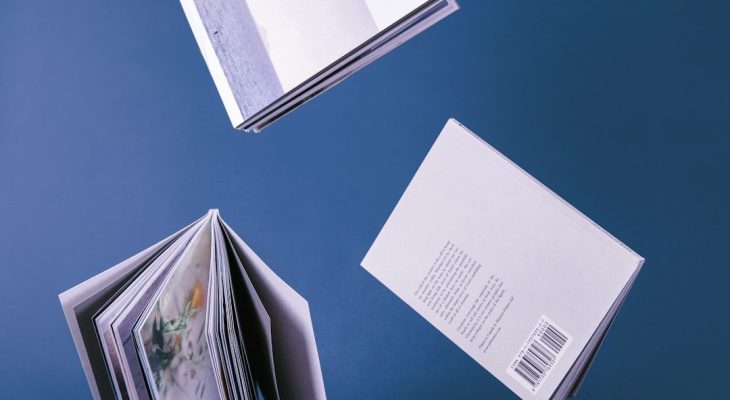Creating a stunning double-sided brochure starts with more than just eye-catching design and compelling content—it begins with the right paper stock. Choosing the appropriate material affects not only the look and feel of your brochure but also its durability, readability, and overall impact. Here’s what you need to know to make an informed decision that aligns with your goals.
Why Paper Stock Matters
While content is king, the tactile experience a brochure offers can significantly influence its effectiveness. Brochure paper that feels too flimsy or allows ink to bleed through can detract from your brand’s professionalism. Conversely, a well-chosen stock enhances your message and makes your printed piece stand out.
When it comes to double-sided printing, the choice of paper stock becomes even more critical. You need a material that provides opacity to prevent see-through and maintains a premium look on both sides.
[ai-img]brochure paper samples, printing options, double sided brochure[/ai-img]
Factors to Consider When Choosing Paper Stock
Before selecting your paper, consider these important aspects:
- Opacity: This refers to how much light passes through the paper. For double-sided brochures, you’ll want higher opacity to avoid text and images from showing through from the other side.
- Weight: Usually measured in pounds (lbs) or grams per square meter (gsm), heavier weights typically mean thicker and more durable paper. For brochures, 100–130 gsm is often ideal for inner pages, while covers might go up to 200–300 gsm.
- Finish: The coating on the paper affects both its appearance and usability. Glossy finishes offer vibrant color reproduction; matte finishes reduce glare and provide a more understated, professional look.
- Texture: Smooth or textured paper affects both the tactile impression and ink absorption.
- Ink Compatibility: Some finishes don’t work well with certain inks or toner. Make sure the paper matches your print method—especially if you’re using digital printing.
Popular Types of Paper for Double-Sided Brochures
Here are a few tried-and-true paper types to consider specifically for double-sided brochures:
- Coated Matte: A smooth, non-glossy surface that gives brochures a sophisticated look. It’s easy to read in various lighting and ideal when you want to write on the brochure later.
- Coated Gloss: This bright and shiny paper is perfect for showcasing colors and images. The coating on both sides helps avoid ink bleed and enhances durability.
- Uncoated: A more natural feel, often used for environmentally conscious brands. However, it’s not always the best choice for detailed images or vibrant colors.
- Recycled Paper: Made from post-consumer fiber, this is a great eco-friendly option. While it may offer slightly reduced vibrancy, advances in paper production have narrowed this gap significantly.
Avoiding Show-Through
Show-through happens when text or images from one side of the brochure are visible from the other. This can make both sides difficult to read and can diminish the perceived quality of your brochure. To prevent this:
- Choose a paper with a higher thickness/weight (e.g., 120 gsm or above for standard pages).
- Opt for paper with high opacity ratings.
- Use proper design layout—avoid putting dark sections directly opposite light areas on the reverse.
[ai-img]double sided printing, paper opacity test, brochure closeup[/ai-img]
Getting the Feel Right
The paper’s feel plays a role in how your brand is perceived. A heavier, well-textured paper can communicate high value and professionalism, especially if you’re a luxury service or product provider. On the other hand, a lighter or recycled stock may communicate affordability and a earth-conscious mindset. Always ask for samples before making a choice, as feel can be difficult to gauge through description alone.
Cost vs. Quality
Budget often plays a key role in material selection. While cost-effective paper might save a few cents per unit, sacrificing paper quality can result in a poor impression. Consider your brochure’s purpose—if it’s a one-off handout, a mid-range paper might suffice. But for major product launches or client-facing documents, investing in premium paper can add significant value.
Final Thoughts
Choosing the right paper stock is as vital as the content or design of your double-sided brochure. It affects readability, visual appeal, and how your brand is ultimately perceived. By understanding weight, finish, opacity, and texture, you can ensure that your brochure isn’t just informative—but also memorable.
Don’t hesitate to work with your printer or a paper supplier to explore sample stocks and test prints before making a final decision. The right paper can elevate your brochure from ordinary to exceptional.





